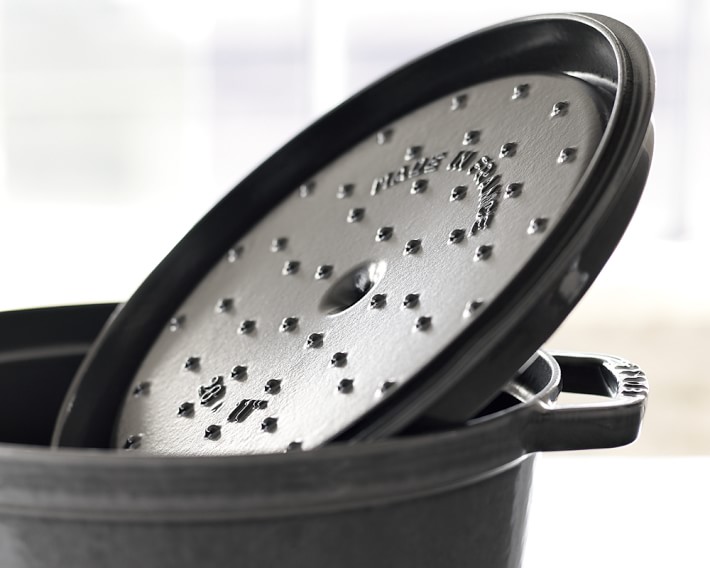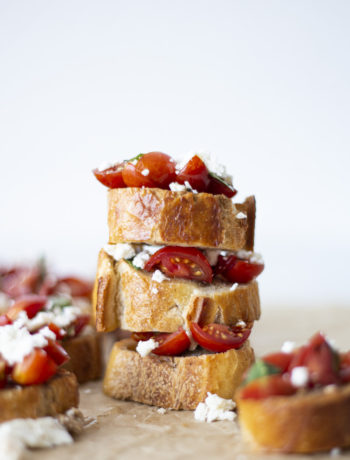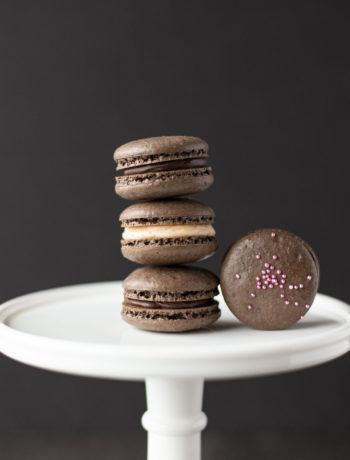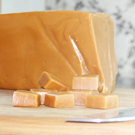Do you have a cast iron Dutch oven on your “to buy” list? Or maybe you have one and you’re not sure how to use it? Either way, we love housing one of these kitchen heroes in our home because we honestly use one almost every day.
Let’s back up to understand the allure of these kitchen workhorses. Dutch ovens have been around for generations, tracing them back to the early 17th century. They’re not new to the culinary world, but the enamel coating on them is newer. Does every kitchen need some kind of cast iron cookware? We definitely think so! Cast iron can be used on the stove top, oven or grill. They are sturdy, reliable and versatile. Because cast iron is a great conductor of heat, you will have a regulated cooking surface and even heat distribution throughout the entire pan.
Traditional Cast Iron
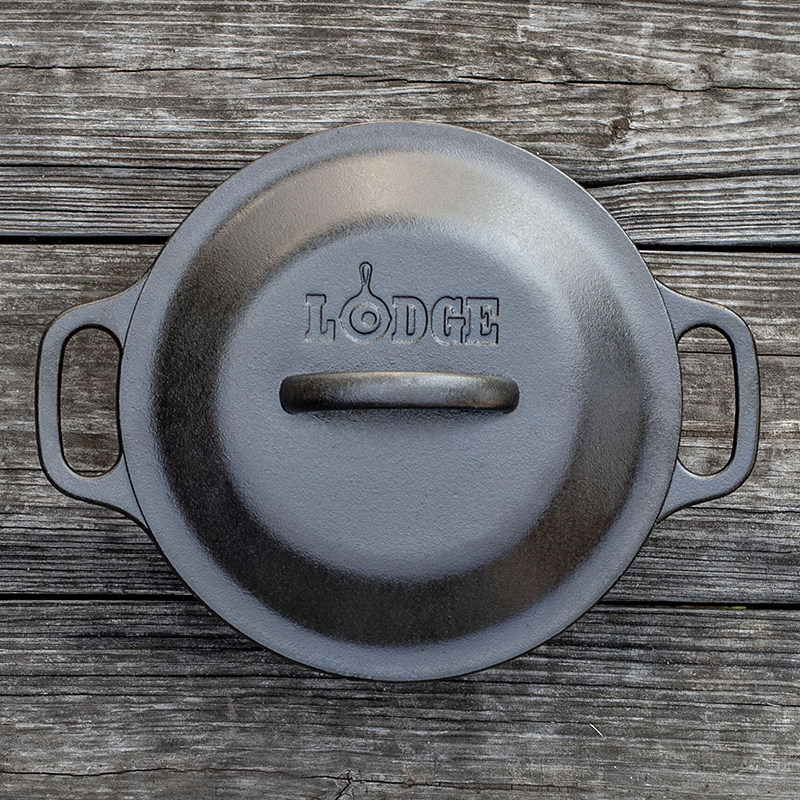
These classic pans have been around for generations, and if you get your hands on one it will likely last for generations to come. They do require a little extra attention and care, but when your cookware never shows wear and tear, it feels good to treat it right. Traditional cast iron is naturally porous, because of this it needs to be seasoned upon the first use and after each time you cook with it. The more you cook with it, the more seasoned and flavorful it becomes. This highly sought after patina also creates more of a non-stick surface with is a plus! The flavors tend to linger in a traditional cast iron, so keep that in mind if you’re cooking up a batch of pasta sauce one night and creamy risotto the next. Cleaning is simple, use warm water and a non-abrasive scrub brush (but don’t use soap!).
The price point on a traditional cast iron Dutch oven is going to be lower than its enamel counterpart, which is a bonus! We love the Lodge brand, and you can’t go wrong with any size.
Enameled Cast Iron
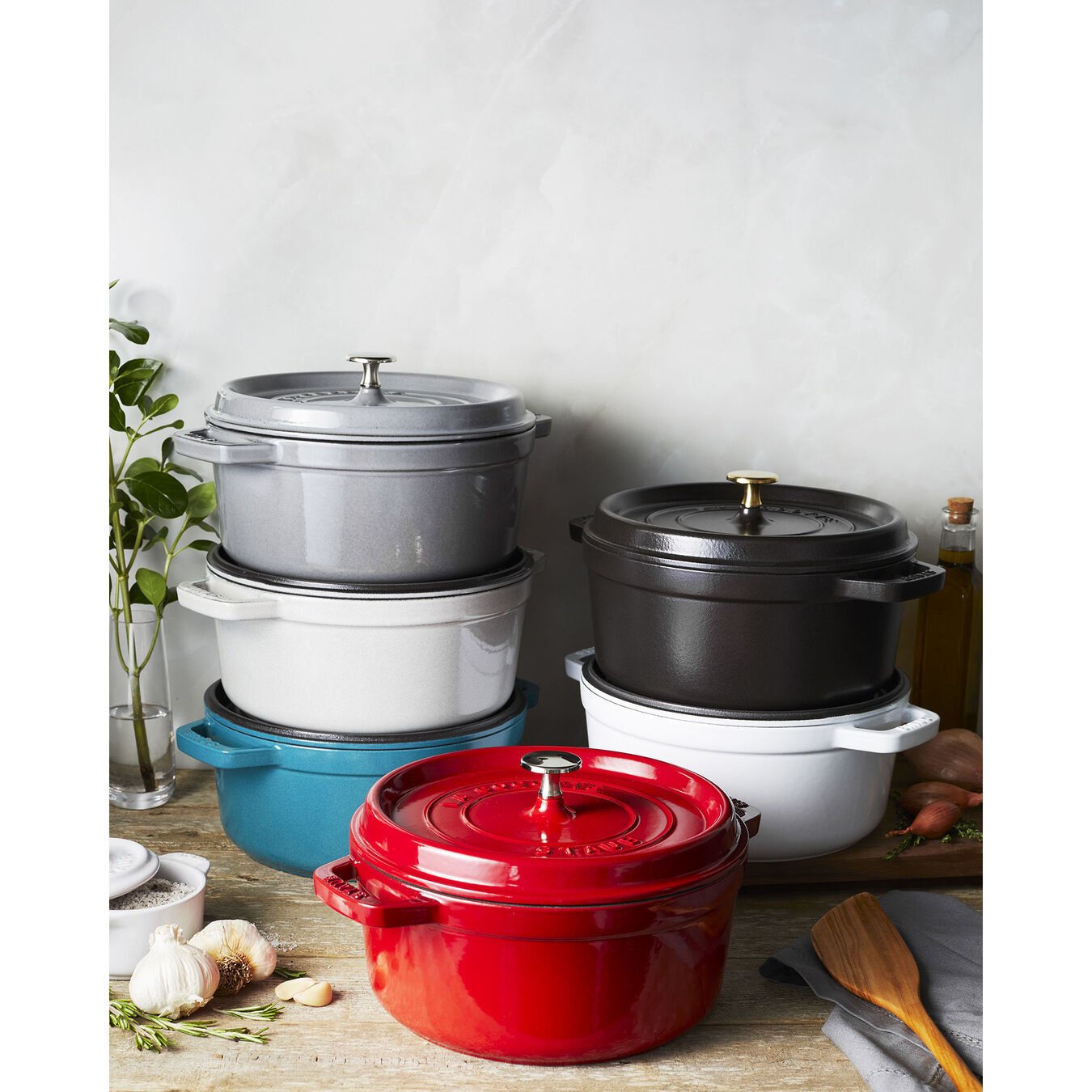
Have you seen these beauties around? The rainbow of color options definitely catch your eye. But it’s not just the aesthetic appeal of enameled cast iron that makes them shine- they are honestly so useful. Just like their traditional cast iron counterparts, they can go from stove, oven, grill and back again. The enamel seals the naturally porous cast iron, so they clean up easier, cook with a more non-stick surface and look so gorgeous sitting on your stove.
They are easy to care for, and don’t require any seasoning. They come out of the box ready to go. After some use, and over time the enamel can start to show some marks and discoloration, especially if you use yours in the oven, the heat bakes on any left over food. But the cleaning process is simple and straightforward. Read here to learn more about cleaning enameled cast iron. If you don’t want to clean your pan to keep it looking great, may we suggest this black colored finish (it hides everything!)
While there are a variety of brands and styles to be found, we love the Staub and Le Creuset brands. They are built similarly, have the same reliable standards, and our customers are equally pleased with their performance. Le Creuset as a brand has been around the longest. The Staub brand uses a black interior enamel (which hides more marks, less cleaning required!) If you find yourself with one of these pans, hold onto that treasure. It likely will outlive you!
To learn more about Staub pans, check out this post.

